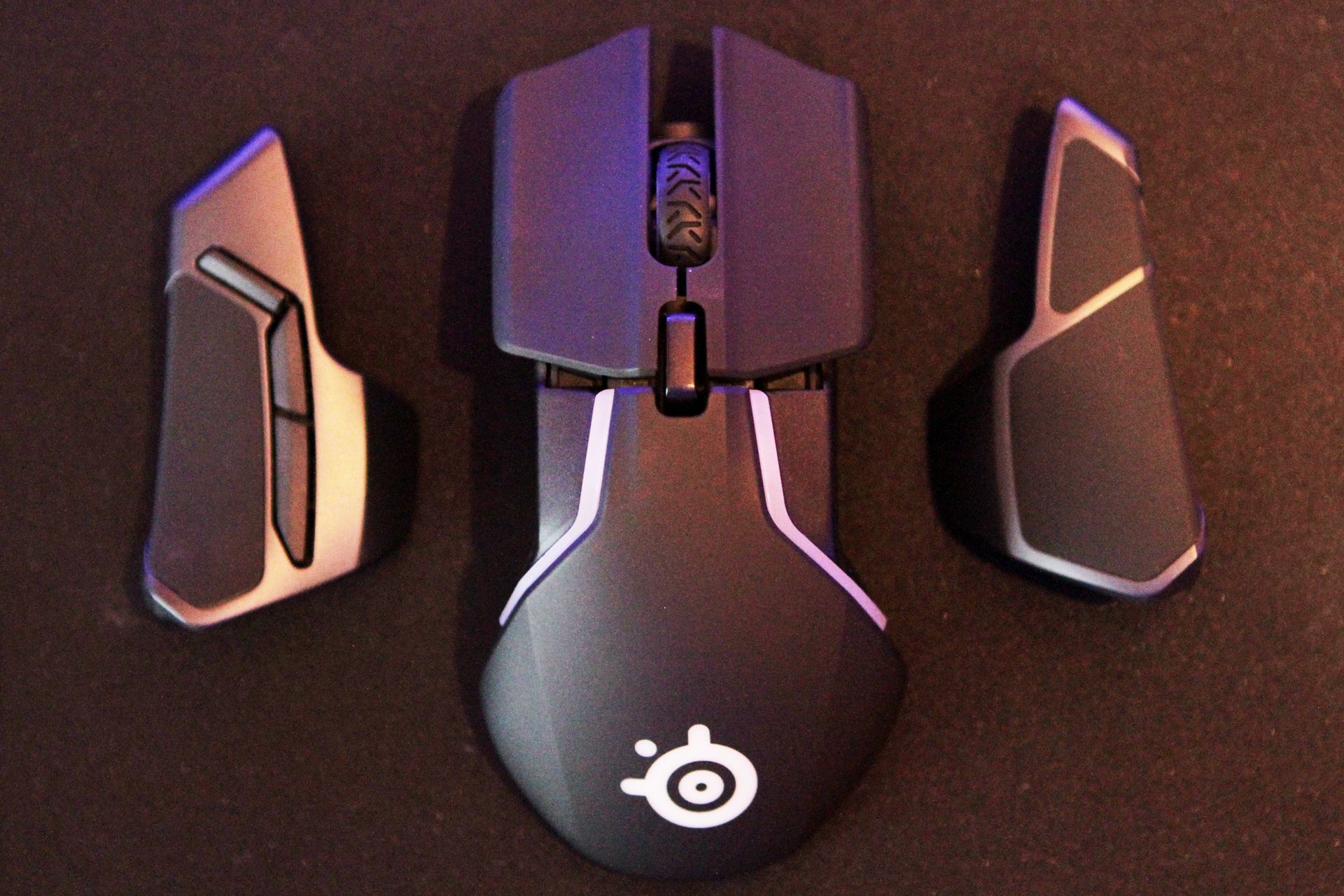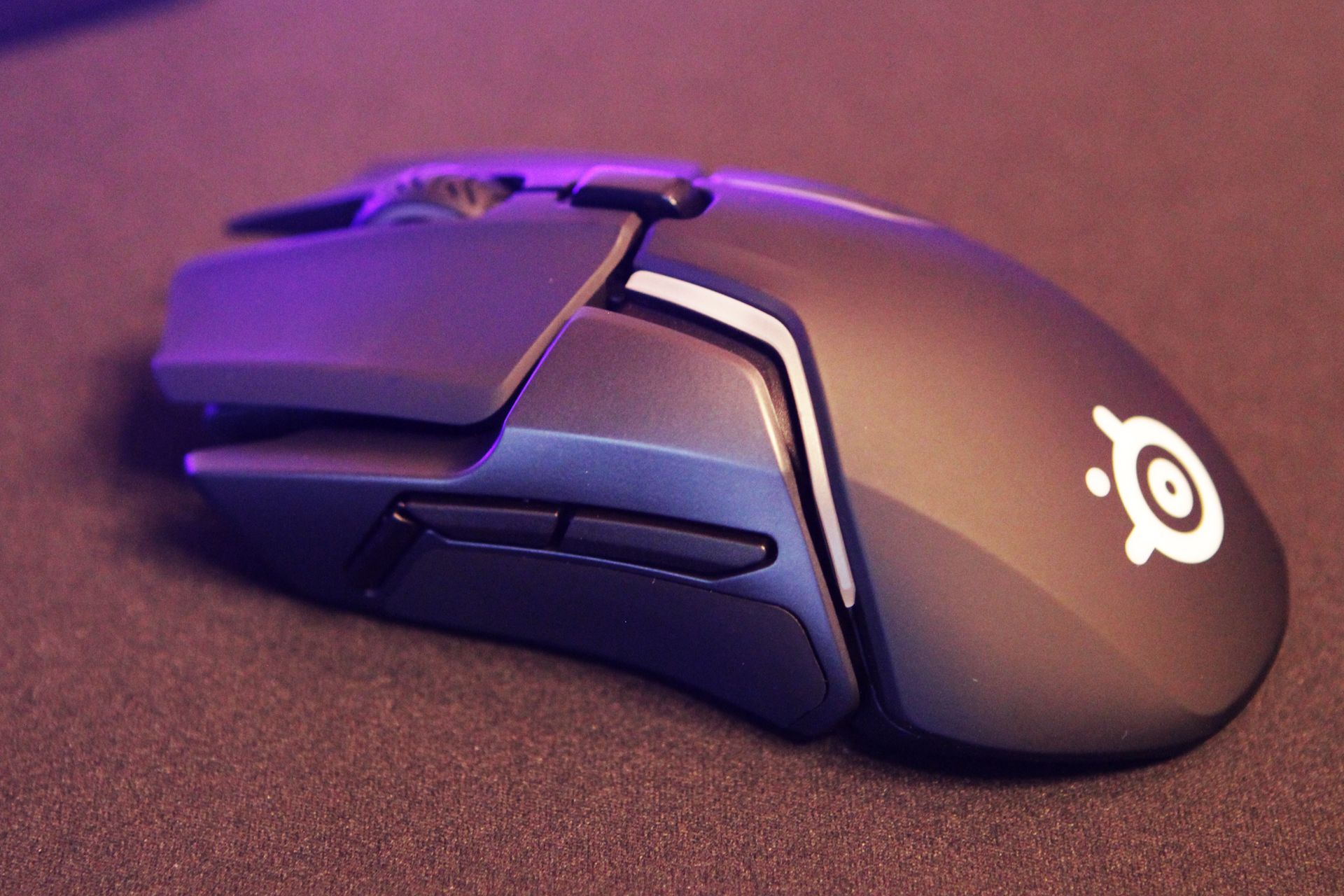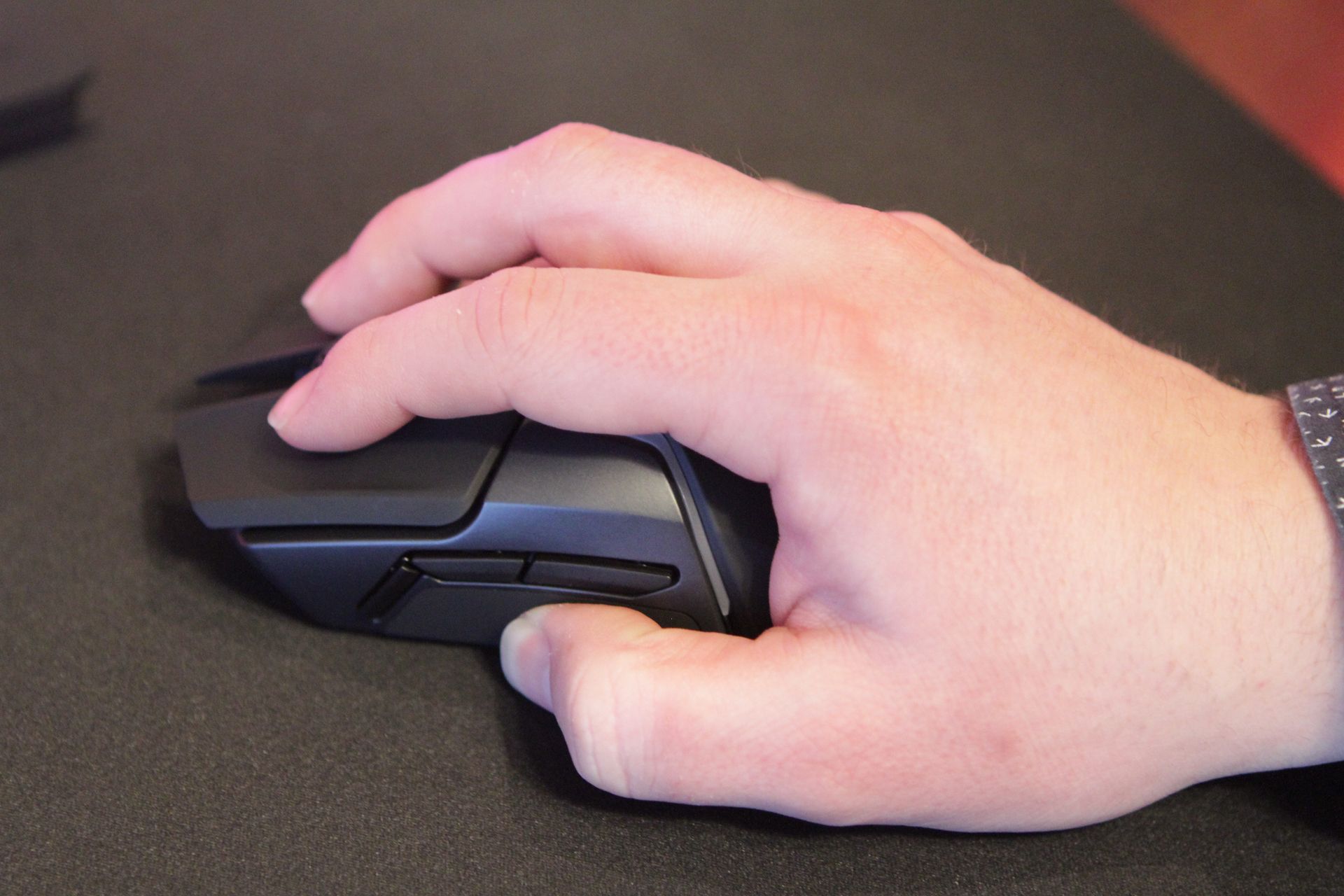SteelSeries Rival 600 Mouse Eliminates LOD Drift, And More








LAS VEGAS, NV -- After revealing the Rival and Sensei 310 mice, SteelSeries is following up with the flagship mouse in its new line, the Rival 600. Like its siblings, the Rival 600 is equipped with TrueMove sensor technology, although it’s a more gussied-up version than the previous TrueMove3.
Double Sensors
SteelSeries’ goal is to push mouse technology as far as it can go, in the service of a superior user experience. With the original TrueMove sensors (built with PixArt), the company wanted to offer true 1:1 tracking and eliminate the usual input lag and jitter reduction that often comes with it. Next up: fixing the drift that comes with lifting the mouse. The company aims to accomplish that feat with the TrueMove3+ sensor, which is actually two sensors--there’s a second optical sensor in the Rival 600 dedicated solely to tracking lift-off distance (LOD).
The problem, as SteelSeries frames it, is that whenever you lift up a mouse, its sensor inherently detects horizontal movement. No matter how minute that movement may be, it does create a drift of sorts. We’ve all grown accustomed to adjusting for that drift on the fly when we place our mouse back down on the surface, but the net result is a certain amount of inaccuracy and uncertainty as to where your cursor actually lands. In a fast-paced game, losing that edge can cost you a pwning, or a “Chicken Dinner,” or what have you.
The second sensor in the TrueMove3+ recognizes when the mouse is off the gaming surface and kills the tracking. When you put the mouse back down, the sensor turns the tracking back on. The second sensor can track as low as 0.5mm off of a gaming surface.
Further, according to SteelSeries, the type of surface is immaterial to TrueMove3+’s performance, be that roughness or color.
This feature may be controversial to some gamers; after all, it seems like this is a case of the mouse trying to outsmart the user. The same people who despise “cheat” features in mice could see this LOD cutoff in a similar light--which is ironic given SteelSeries’ proclamations about the need for true 1:1 performance in its TrueMove sensor-powered mice. However, SteelSeries product reps see it differently; they posit that it’s not a compensatory feature, but a way to remove the noise in the experience, thereby giving users a truer, more precise experience.
The Rival 600 Mouse
The dual sensor configuration is the marquee feature of the Rival 600, but it has plenty of other bells and whistles.
Get Tom's Hardware's best news and in-depth reviews, straight to your inbox.
SteelSeries employed a system of removable weights in the Rival 600, but the idea is that you need to consider not just weight, but balance. Often, there’s one spot in a mouse with a variable weight system that houses the weights. Thus, although you can plop in, say, four or five 5g weights, you don’t get to play with balance. They’ll simply make one end--usually somewhere inside the palm rest--heavier. But discerning gamers pick their mice based on balance as much as weight. For example, a 90g mouse with the weight toward the front versus one with the weight gathered at the palm rest will feel completely different.
SteelSeries’ answer to that customization conundrum is to offer four slots per side of the Rival 600 and eight 4oz weights. That way, you can load up another 8g or 16g toward the back or front of the mouse, or center the extra weight right in the middle, or leave them out entirely. The Rival 600 is 96g when empty, so you can customize it from there up to 128g.
Other details include a split-trigger design, with two new SteelSeries-made switches rated for 60M clicks each. They have a double spring design and should feel heavier than the Omron switches commonly found in mice.
The Rival 600 will sell for $80; the previously released Rival 310 and Sensei 310 cost $60 each.
| Header Cell - Column 0 | SteelSeries Rival 600 |
|---|---|
| Type | Right-handed, ergonomic |
| Sensor | TrueMove3+ (dual sensors):-TrueMove3 optical-Depth sensing linear optical detection |
| CPI | 100-12000, 100 CPI increments |
| Tracking Speed | 350+, on SteelSeries QcK surfaces |
| Acceleration | 50g |
| Buttons | 7 |
| Switches | SteelSeries 60 million clicks |
| Lift-off Distance | Customizable, 0.5mm - 2mm |
| Software | SteelSeries Engine 3.11.10, for Windows (7 or newer) and Mac OS X (10.8 or newer) |
| Lighting | 8 RGB Zones, Independently Controlled |
| Interface | USB 2.0 |
| Cable | Detachable, soft rubber; 2m / 6.5ft |
| Weight | 96g without cable, customizable up to 128g |
| Dimensions | 131mm (L); 62-69mm (W); 27-43mm (H) |
| Price | $80 |
Seth Colaner previously served as News Director at Tom's Hardware. He covered technology news, focusing on keyboards, virtual reality, and wearables.
